Sanatan
Dharma
Sanatan Dharma is the oldest religion among all the religions in the world. Traditional Vedic religion in which God is worshiped in both corporeal and formless forms. It is a religion based on the Vedas, which includes many different worship methods, beliefs, sects, and philosophies. It is the third largest religion in the world on the basis of number of followers, on the basis of number most of its worshipers are in India and on the basis of percentage it is in Nepal. Although many gods and goddesses are worshiped in it, it is actually a monotheistic religion. This religion in itself is so vast that different religions kept emerging from it from time to time, some old traditions kept breaking and some new ones kept joining, some old beliefs remained the same and some beliefs kept getting incorporated into it. Something was gained, something old was left behind, something old remained as it was and something new was added.
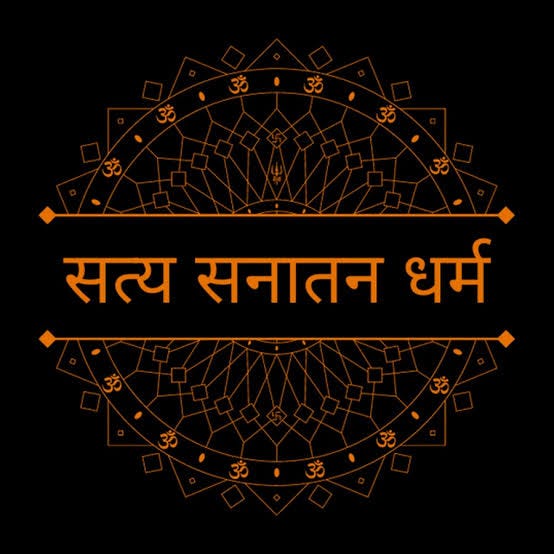
Meaning Of Sanatan
The term “Sanatana Dharma” is derived from the Sanskrit language. “Sanatana” translates to “eternal” or “timeless,” and “Dharma” is often understood as “duty,” “righteousness,” or “law.” Therefore, the combined term “Sanatana Dharma” can be translated as the “Eternal Path” or the “Timeless Duty.”
However, it’s essential to note that the meaning of Sanatana Dharma goes beyond a simple linguistic translation. Sanatana Dharma is a comprehensive concept that encapsulates a way of life, encompassing spiritual, ethical, and moral principles that are considered eternal and universal. It is often used as an alternative name for Hinduism, emphasizing the continuity and universality of the spiritual teachings within this tradition.
Sanatana Dharma implies a recognition of the eternal nature of the cosmic order, the cyclical nature of existence, and the timeless wisdom embedded in the ancient scriptures. It goes beyond the boundaries of a specific religion and embraces a holistic approach to life, encouraging individuals to live in harmony with themselves, others, and the cosmos. The term suggests a path that is not bound by a particular historical or cultural context but is relevant for all beings in all times.
Sanatana Dharma Unveiled
Sanatana Dharma, often referred to as Hinduism, is not merely a religion but a way of life that encapsulates a vast body of spiritual, philosophical, and cultural teachings. The term “Sanatana Dharma” itself means the eternal or timeless path, emphasizing the enduring nature of its principles. Unlike many organized religions, Sanatana Dharma doesn’t have a single founder or a fixed set of doctrines. Instead, it encompasses a multitude of spiritual paths, rituals, and practices, adapting to the diverse needs and temperaments of individuals.
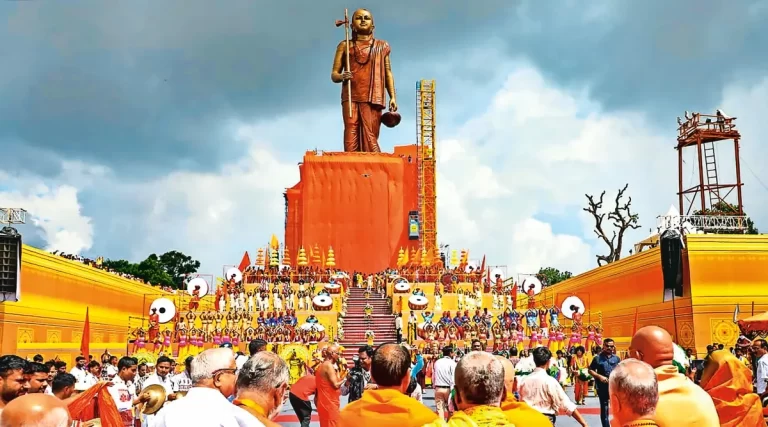
Why Follow Sanatana Dharma?
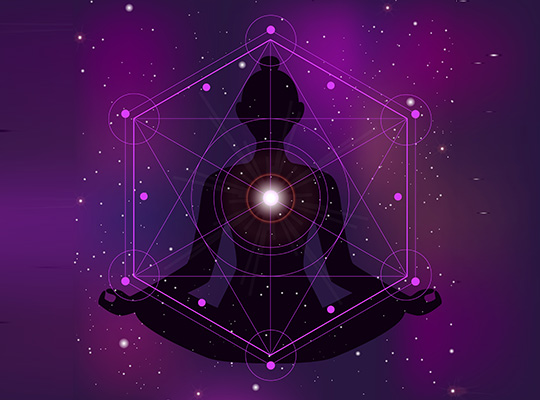
Spiritual Diversity
Sanatana Dharma acknowledges the diverse paths to spiritual realization. Whether through devotion (Bhakti Yoga), knowledge (Jnana Yoga), selfless action (Karma Yoga), or meditation (Dhyana Yoga), individuals can choose a path that resonates with their unique disposition.
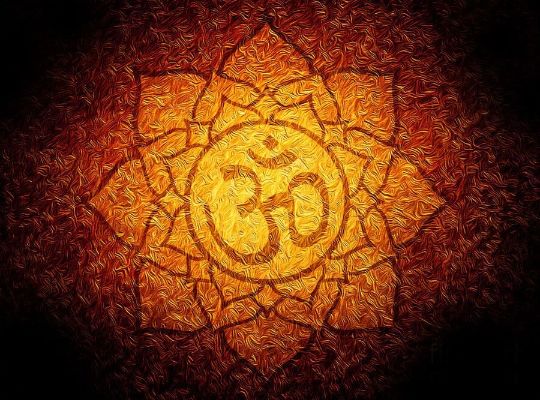
Cyclical Nature of Existence
Central to Sanatana Dharma is the concept of reincarnation (samsara) and the law of karma. Understanding life as a continuous cycle of birth and rebirth allows adherents to navigate challenges with a broader perspective, recognizing the interconnectedness of actions and consequences.

Unity in Diversity
Sanatana Dharma celebrates diversity, both in the external world and within the individual. The belief that the Divine manifests in various forms and that all paths lead to the same ultimate truth fosters tolerance and acceptance.

Holistic Living
The philosophy of Sanatana Dharma emphasizes the harmonious integration of the physical, mental, and spiritual aspects of life. Through practices like yoga, meditation, and Ayurveda, individuals strive for overall well-being.
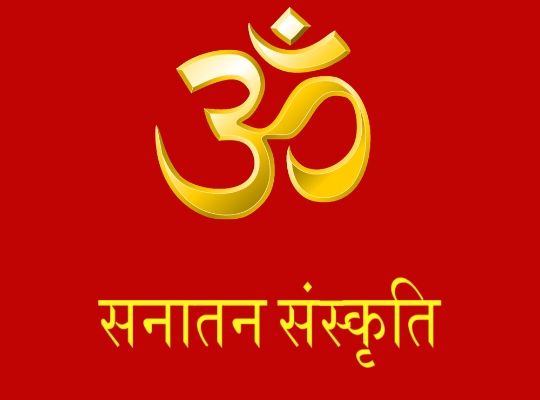
Timeless Wisdom
The ancient scriptures, especially the Vedas, Upanishads, and Bhagavad Gita, contain profound insights into the nature of existence, consciousness, and the purpose of life. The timeless wisdom encapsulated in these texts continues to guide seekers on their spiritual journey.
Sanatana Sanskars: The Guiding Principles
Sanatana Dharma instills a set of core values, known as sanskars, which serve as guiding principles for righteous living. These sanskars encompass various stages of life, from birth to death, shaping an individual’s character and moral compass.

The first Sanskar, Garbhadhana, marks the commencement of the 16 sacred rites in Sanatana Dharma. Performed at the inception of pregnancy, it involves prayers and rituals seeking divine blessings for the conception of a virtuous and healthy child. This Sanskar underscores the significance of creating a positive and spiritually charged environment for the unborn child.

Pumsavana, the second Sanskar, focuses on the protection and well-being of the fetus. Conducted during pregnancy, this ritual involves ceremonies and prayers aimed at ensuring the proper development of the unborn child, emphasizing the holistic health of both the mother and the baby.

Simantonnayana, the third Sanskar, is performed during the seventh month of pregnancy. This ritual, known as hair-parting, involves specific ceremonies to safeguard the unborn child and ensure a smooth and safe delivery. Simantonnayana places emphasis on the expectant mother’s well-being.

Jatakarma, the fourth Sanskar, is conducted soon after the birth of the child. It comprises rituals and prayers to invoke divine blessings for the newborn’s health, happiness, and protection. Jatakarma serves as an initiation into the material world, symbolizing the child’s entry into life.

Namakarana, the fifth Sanskar, is the naming ceremony. It involves giving a meaningful name to the child, accompanied by prayers for the child’s well-being and a purposeful life. This Sanskar highlights the importance of a name in shaping one’s identity.

Nishkramana, the sixth Sanskar, signifies the child’s first outing. This ceremony introduces the newborn to the external environment, marking the commencement of socialization and the child’s gradual integration into the community.

Annaprashana, the seventh Sanskar, involves the introduction of solid food to the child. Accompanied by prayers for physical and mental nourishment, this Sanskar symbolizes the child’s transition to a new phase of growth and development.
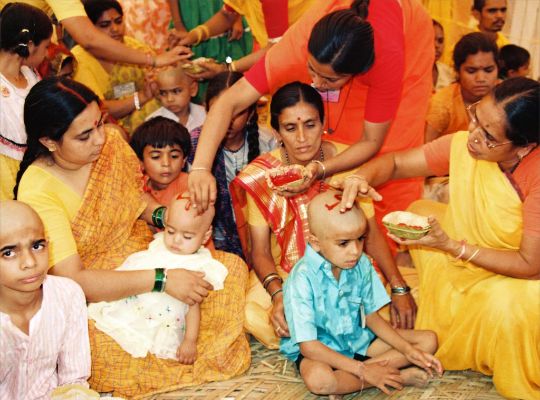
Chudakarana, the eighth Sanskar, signifies the first haircut. This ritual symbolizes the removal of impurities and marks the initiation of the child into the learning of sacred texts, emphasizing purity and spiritual growth.
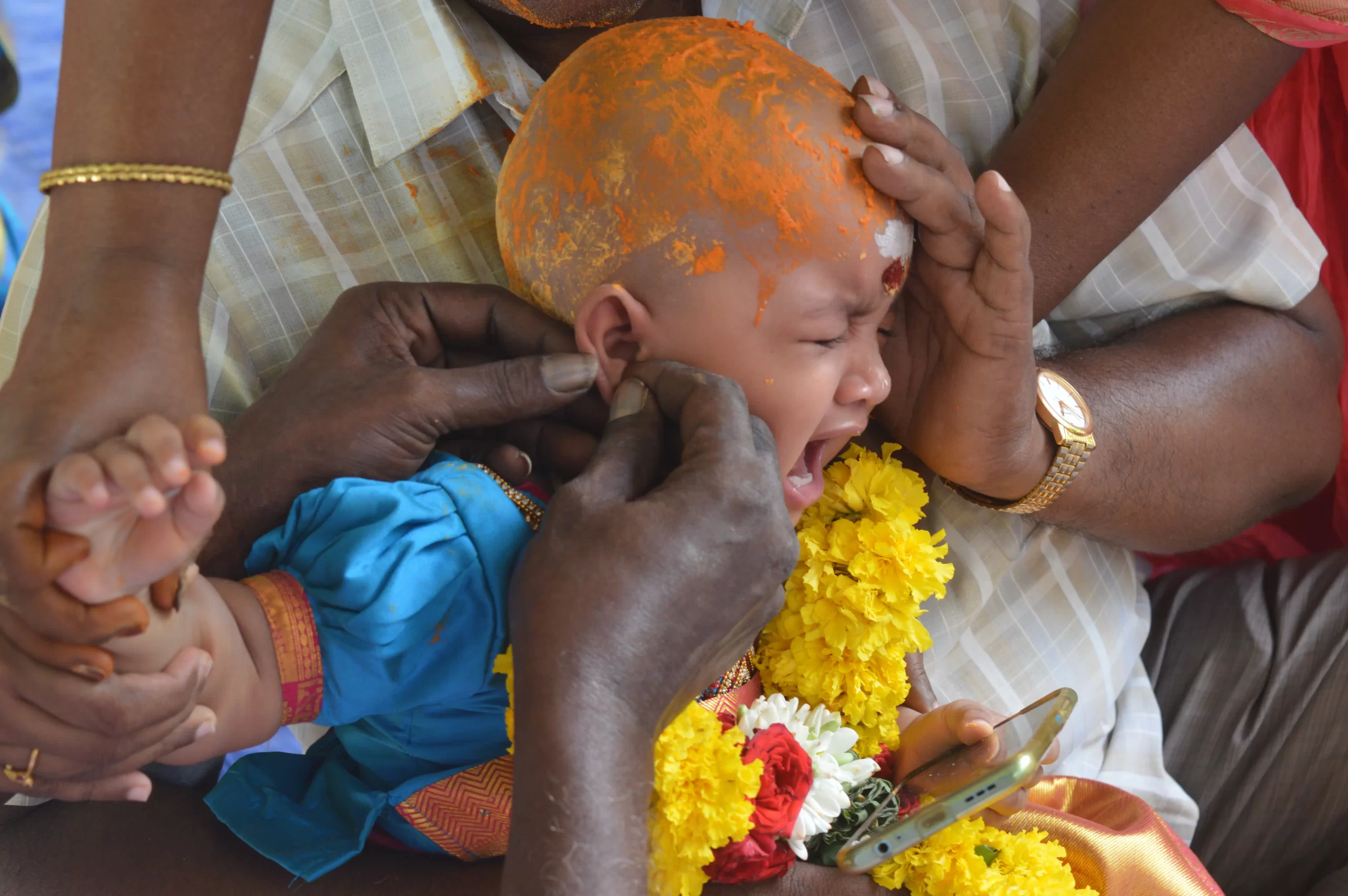
Karnavedha, the ninth Sanskar, is the ceremony of ear-piercing. Performed to enhance the child’s hearing abilities and encourage attentiveness, Karnavedha is considered a Sanskar contributing to the overall development of the child..
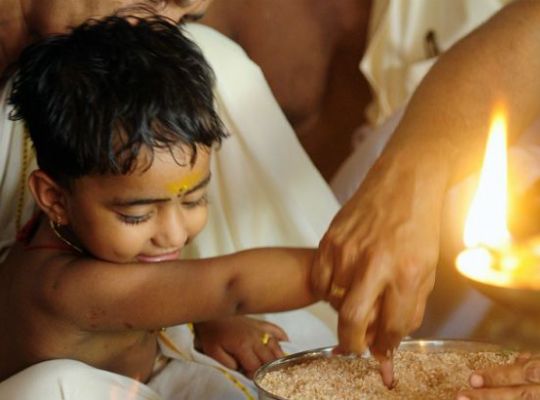
Vidyarambha, the tenth Sanskar, marks the commencement of formal education for the child. This Sanskar emphasizes the importance of acquiring knowledge and wisdom for a well-rounded and purposeful life.
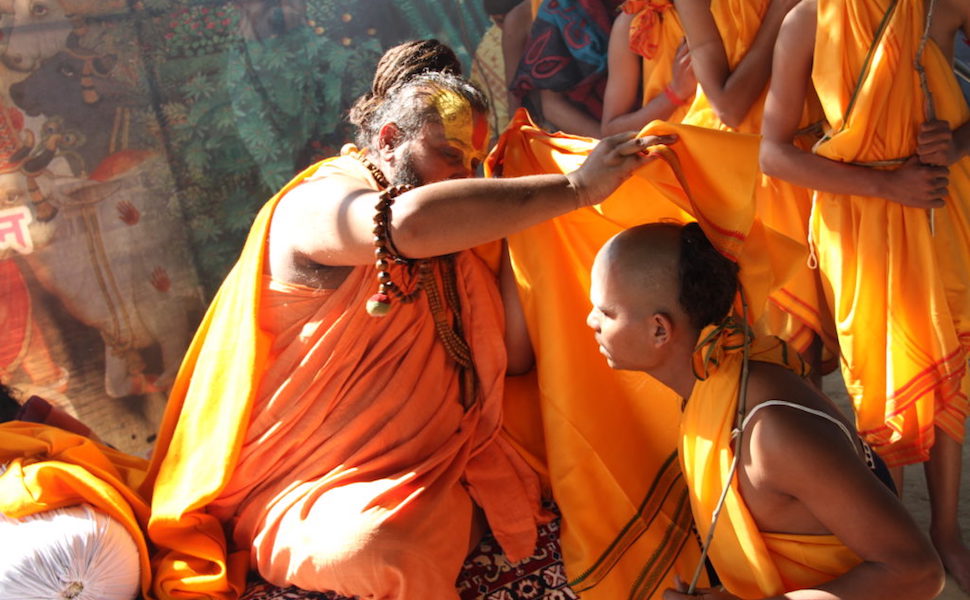
Upanayana, the eleventh Sanskar, is the sacred thread ceremony. A pivotal rite, it marks the beginning of the student’s spiritual education and commitment to a disciplined life dedicated to learning and self-realization.
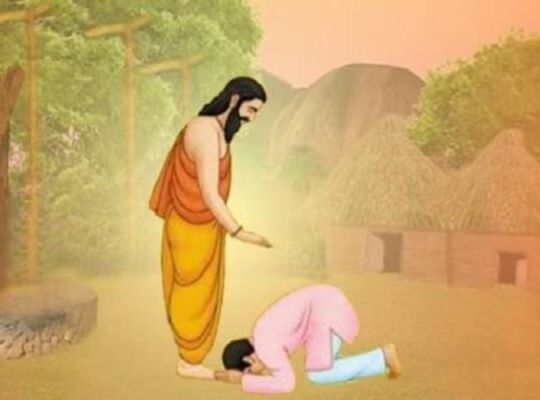
Samavartana, the twelfth Sanskar, signifies graduation. It marks the completion of formal education, with the student returning home from the guru’s ashram. Samavartana symbolizes the transition to the next stage of life and the application of acquired knowledge in practical living.

Vivaha, the thirteenth Sanskar, is marriage, a sacred bond signifying the union of two individuals. It emphasizes family and societal responsibilities, contributing to the continuity of lineage and community.
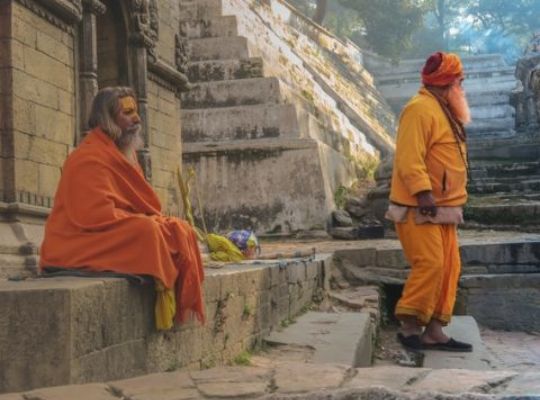
Vanaprastha, the fourteenth Sanskar, marks the transition to a stage of life focused on detachment from worldly affairs. Encouraging contemplation and spiritual pursuits, Vanaprastha involves passing on responsibilities to the next generation.

Sannyasa, the fifteenth Sanskar, is the final stage of life emphasizing renunciation and spiritual realization. It involves a complete detachment from worldly possessions and desires, paving the way for liberation from the cycle of birth and death.
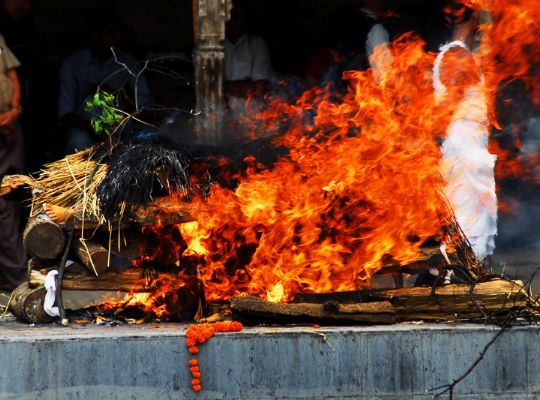 Antyesti, the sixteenth Sanskar, involves funeral rites performed after death. It guides the departed soul through the journey beyond life, acknowledging the impermanence of the physical body and the eternal nature of the soul.
Antyesti, the sixteenth Sanskar, involves funeral rites performed after death. It guides the departed soul through the journey beyond life, acknowledging the impermanence of the physical body and the eternal nature of the soul.
The Four Pillars of Sanatana Dharma

Dharma
Dharma is the ethical and moral duty that governs one's actions. It is the foundation of a righteous and harmonious life. Sanatana Dharma teaches that individuals should perform their duties selflessly, without attachment to the fruits of their actions.
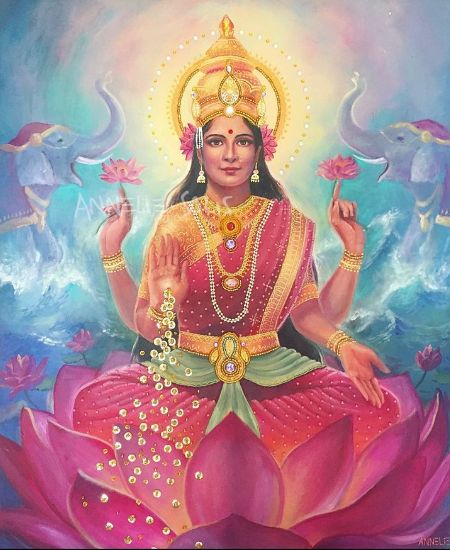
Artha (Wealth and Prosperity)
Artha refers to the pursuit of material well-being and prosperity. While it acknowledges the importance of material success, Sanatana Dharma emphasizes that wealth should be acquired and utilized with a sense of responsibility and in alignment with dharma.
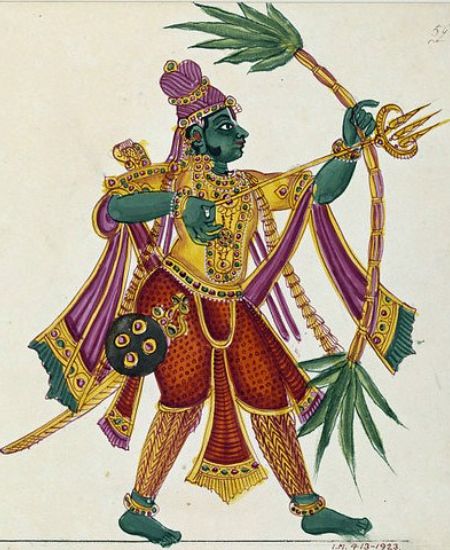
Kama (Desire and Pleasure)
Kama represents the pursuit of desires and pleasures. Sanatana Dharma recognizes the legitimacy of human desires but encourages their pursuit within the boundaries of dharma, ensuring that they do not lead to harm or imbalance.
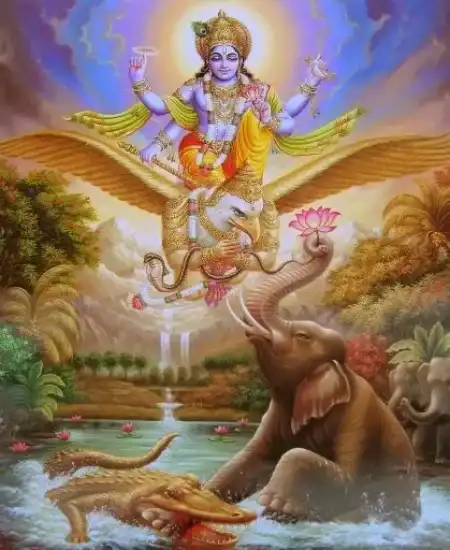
Moksha (Liberation)
Moksha is the ultimate goal of Sanatana Dharma, representing liberation from the cycle of birth and death (samsara). It is attained through self-realization, knowledge, and the realization of one's unity with the divine.
